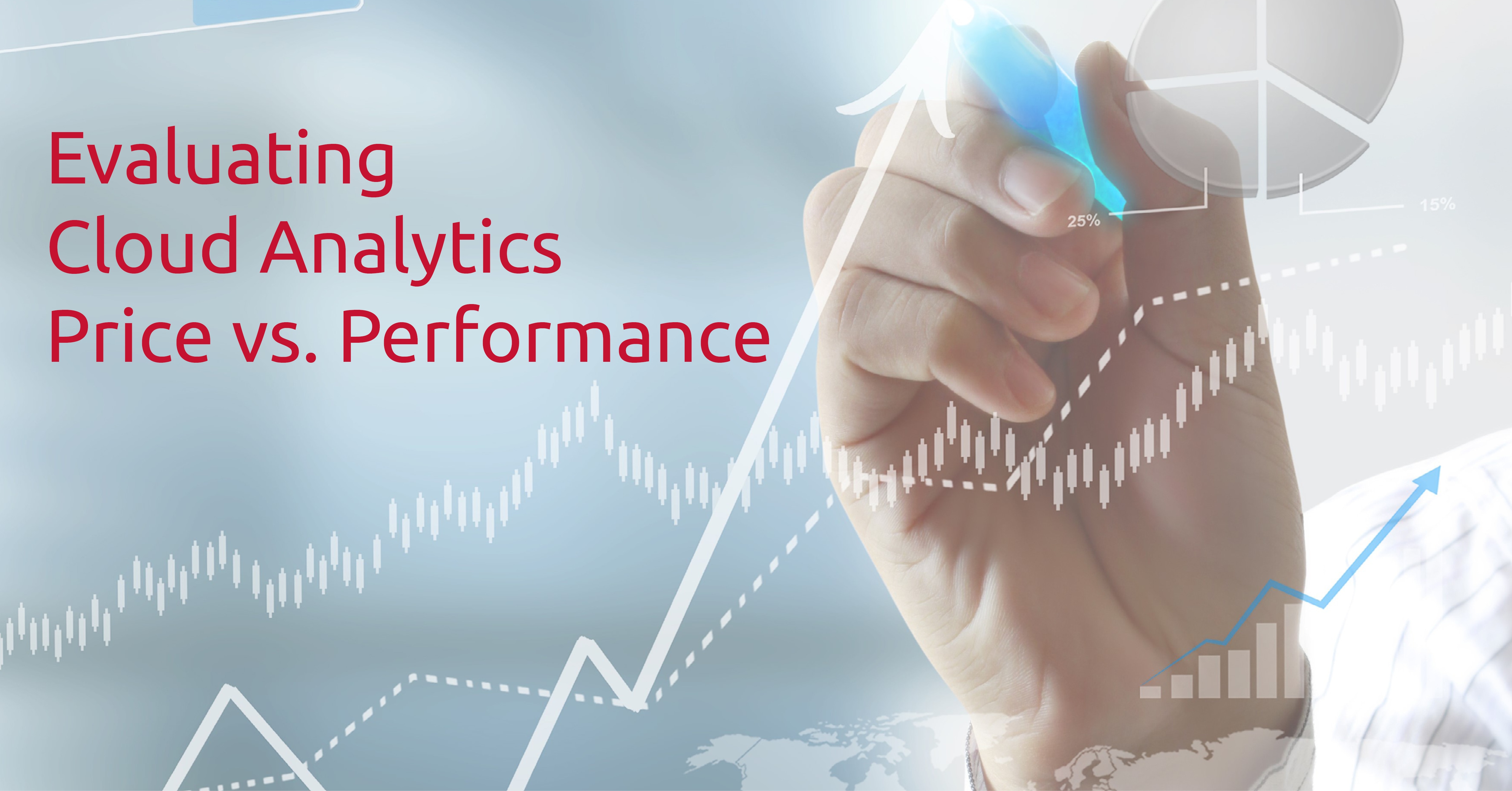Most organizations are familiar with the constant exercise of prioritizing price or performance, particularly in decisions about technology infrastructure. As businesses become increasingly data-driven, the demand is skyrocketing for fast, accurate data that can be accessed instantly by users across the organization. At SentryOne, we’ve been helping businesses accelerate data delivery by improving performance of SQL Server databases—on premises and in the cloud—for more than a decade. We know how tempting it can be to simply throw more hardware or compute power at a database performance problem. But even that short-sighted approach doesn’t work when budget is a concern.
Shifting SQL Server workloads to Azure has been a compelling option for companies trying to achieve the best price-performance balance. But many of our customers are still taking a hard look at the benefits of cloud adoption weighed against the potential downsides of the transition, including data delivery disruptions during the migration, time and resources spent in the lift-and-shift process, security concerns, and doubts about the true economic gains.
Beyond these considerations is the question of which cloud provider offers the best performance for the best price, especially for the advanced cloud-based analytics that many organizations demand.
This decision process just got a little bit easier: With recent TPC-H and TPC-DS benchmark breakthroughs from Microsoft for Azure SQL Data Warehouse, the cost-benefit calculation has changed dramatically.

Breakthrough Cloud Analytics Performance at the Best Price
According to a new report from GigaOm Research, Azure SQL Data Warehouse outperforms both Google BigQuery and Amazon Redshift in TPC-H and TPC-DS queries, and comes in at a significantly lower price. The GigaOm field test focused on the type of complex queries that are now typical in many organizations, scenarios that place heavy demands on computing resources.
The field test included more than 100 queries derived from the TPC-DS benchmark, and the report describes results for several of those, including some specific scenarios targeting long-running queries and frequently run queries. The results are worth noting for companies looking for accurate estimates of the performance and cost of cloud-based analytics because the tests effectively mirror real-world situations.
Because this evaluation encompasses the biggest players in the cloud analytics space, you might wonder how Microsoft achieved this edge in price and performance. One piece of this puzzle lies in the way that Azure SQL Data Warehouse handles storage. In describing the relational analytical databases that were evaluated, the analyst points out that Azure SQL Data Warehouse can scale columnar storage capacity and compute resources independently.
At SentryOne, we capitalized on this innovation by using partitioned clustered columnstore indexes to increase performance and lower storage requirements for our monitoring solutions. As highlighted in this Microsoft profile of SentryOne, our solution can now monitor 800+ SQL Server database instances with no loss in throughput or monitoring data.
We’re committed to delivering technology enhancements alongside Microsoft’s innovations, such as our APS and Azure Data Warehouse monitoring products, to ensure that you have a monitoring solution that’s as powerful as the database you manage, whether your SQL Servers are on premises or on Azure.
Moving to Azure with Confidence
If you’re planning a cloud migration, you likely have valid concerns about how to plan and execute the migration. In preparation for the transition, do you need to re-architect your database environment? Do you have a good understanding of how to account for data dependencies across your estate as you migrate? Do you have an efficient way to validate your data before and after the move? And when’s the last time your databases were thoroughly documented?
If those questions are making your heart sink, here’s some good news: In addition to helping you optimize your cloud-based workloads, we have several educational resources and product sets to simplify the migration process so you can move to the cloud with confidence.
Here’s a quick rundown of resources to check out:
- 5 Critical Cloud Migration Considerations, a free webinar that covers how to prepare for and execute a successful cloud migration.
- SentryOne CloudLifter, our product suite launched in April 2019 that helps you migrate and optimize cloud-based workloads with solutions for analyzing database schema, validating data before and after the transition, documenting databases, analyzing data lineage, and optimizing performance
- SentryOne in the Azure Marketplace, where getting started is a breeze: You can bring your own SentryOne license and add Azure monitoring targets
- SQL Sentry and SQL Sentry Essentials, our monitoring products for Azure SQL Database Managed Instance
- DB Sentry, our monitoring product for Azure SQL Database
- DW Sentry, our monitoring product for Azure SQL Data Warehouse
- Azure SQL Database Managed Instance: A New Path to the Cloud, a free webinar that discusses how to evaluate whether Managed Instance (which offers a high degree of parity with on-premises SQL Server) is right for your scenario
If you’re in the process of choosing a cloud provider, the GigaOm benchmark report is a must-read, as is this discussion of how to evaluate cloud providers from Julia White, Corporate Vice President of Microsoft Azure. She also touches on ways that Azure delivers security and data privacy, which are also paramount in any discussion of cloud workloads.
Our goal is to guide you to the best possible price-performance scenario for your cloud analytics workloads. Because the SentryOne team has long supported both on-premises and cloud-based SQL Server workloads, we know the trade-offs intimately, and our solutions help you get peak performance from your system regardless of where it’s running.
As indicated by the recent price-performance benchmarks of the GigaOm benchmark report, the performance and technology barriers to adopting Microsoft’s cloud technology continue to drop, while the value from your investment in Azure SQL Data Warehouse continues to rise.





